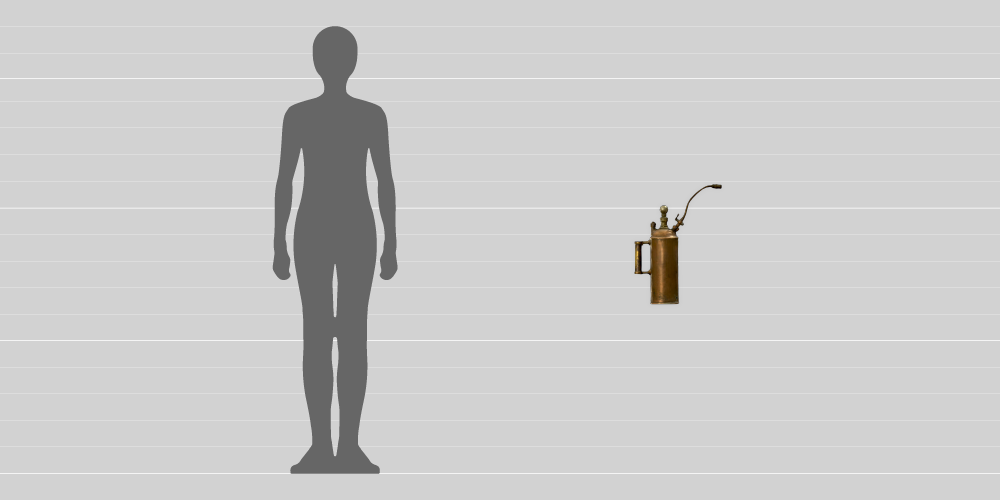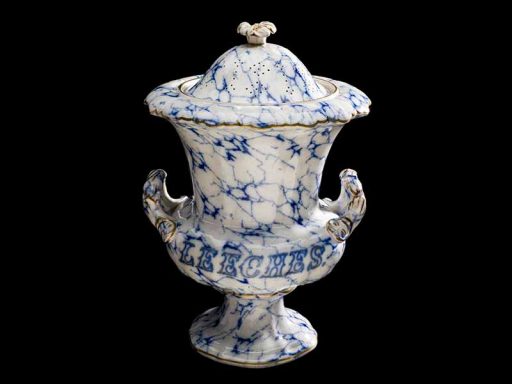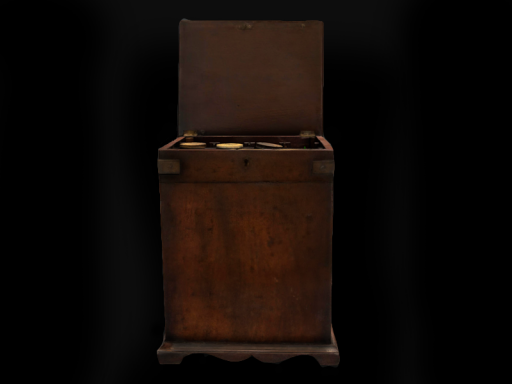
Curriculum links
About this object
This spray can was used to help slow the spread of malaria, a life-threatening disease carried by mosquitoes. The can contained water with particles of a green powder suspended in it. The powder, called Paris green, was very successful at killing mosquito larvae. The insecticide (insect-killing) mixture was sprayed onto standing water and other surfaces where mosquitoes would land. This spray can was made during the First World War (1914–18), and was probably used by British soldiers. Malaria is very common in hot countries, and it affected millions of soldiers serving overseas in both world wars.
Malaria Today
Malaria still claims hundreds of thousands of lives each year. Widespread use of insecticides such as Paris green damages the environment, so they are used much more sparingly today – mostly on bed nets that also prevent mosquitoes from biting at night. Antimalarial drugs were first developed in the 1950s, but some mosquitoes have evolved resistance to them.
Learn more about this object on the Science Museum Group Collection website.
Learn more about this topic on the Science Museum website.
Discussion questions
- If mosquitoes carried malaria in the UK, how would your daily life be affected?
- The scientific community intends to eradicate malaria – which one disease would you like to eradicate and why?
- Who is most likely to make a difference in the fight against malaria – celebrities or scientists? How?



